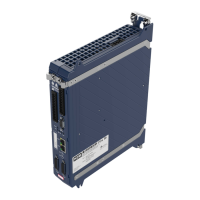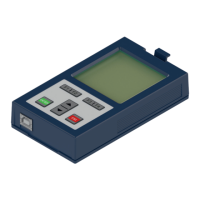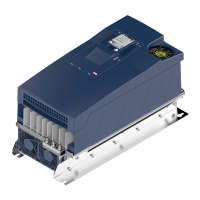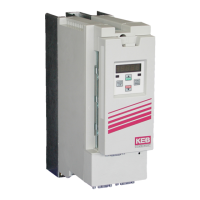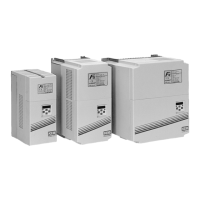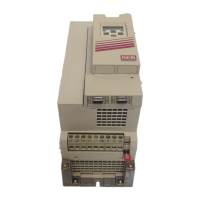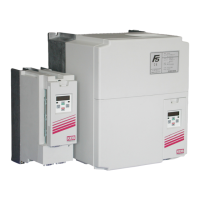No rise limitation /reduction limitation effective
Rise limitation /reduction limitation (co63) always effec-
tive when torque limits are changed.
Rise limitation /reduction limitation (co63) during state
"fault reaction active“ (st12 state machine display) after
reaching zero speed effective.
only valid for
fault reaction
The selection of the torque limits is only valid for FAULT
REACTION ACTIVE
setting valid
for all usage
of fault reac-
tion ramp
The settings for the behavior during FAULT REACTION
ACTIVE are used for all "Stop Functions" where the
Fault Reaction Ramp is used.
Uic dep.
torque
curve
options
The setting for shifting the limiting characteristic (ds11
torque mode => Uic dep. torque curve adapt) only ap-
plies to FAULT REACTION ACTIVE
at usage of
fault reaction
ramp
The setting for shifting the limiting characteristic (ds11
torque mode => Uic dep. torque curve adapt) applies to
all "Stop functions" that use the fault reaction ramp
Selectable stop mode torque
selectable torque limit at error response
If co61 stop mode torque lim. src. is set to value cs12 or cs15/cs16 or co62 , the
limiting characteristic remains always effective as max. physically available torque.
Example:
The fault reaction requires a higher torque limit than standard operation.
A possible procedure is: co61 = 9 => cs12 is the valid torque limit during fault reac-
tion.
In standard mode the actual torque limit is preset via cs13.
cs14…cs16 must be set to -1 to specify the torque limits in all quadrants by cs13.
cs12 must be higher than cs13 in order to cause no limitation of the standard oper-
ation.
cs13 has no effect in state fault reaction. The torque is limited only via cs12 and
the always effective limiting characteristic from the dr parameters.
Depending on the setting in co61 Bit 9,10 dM/dt limited
the rate of change of the torque limit is limited.
Example for co61 torque lim mode Bit 9,10 dM/dt = 512 = on
and change of the torque limit with co63 dM/dt Limit [Mn%/ms] = 7.00 %

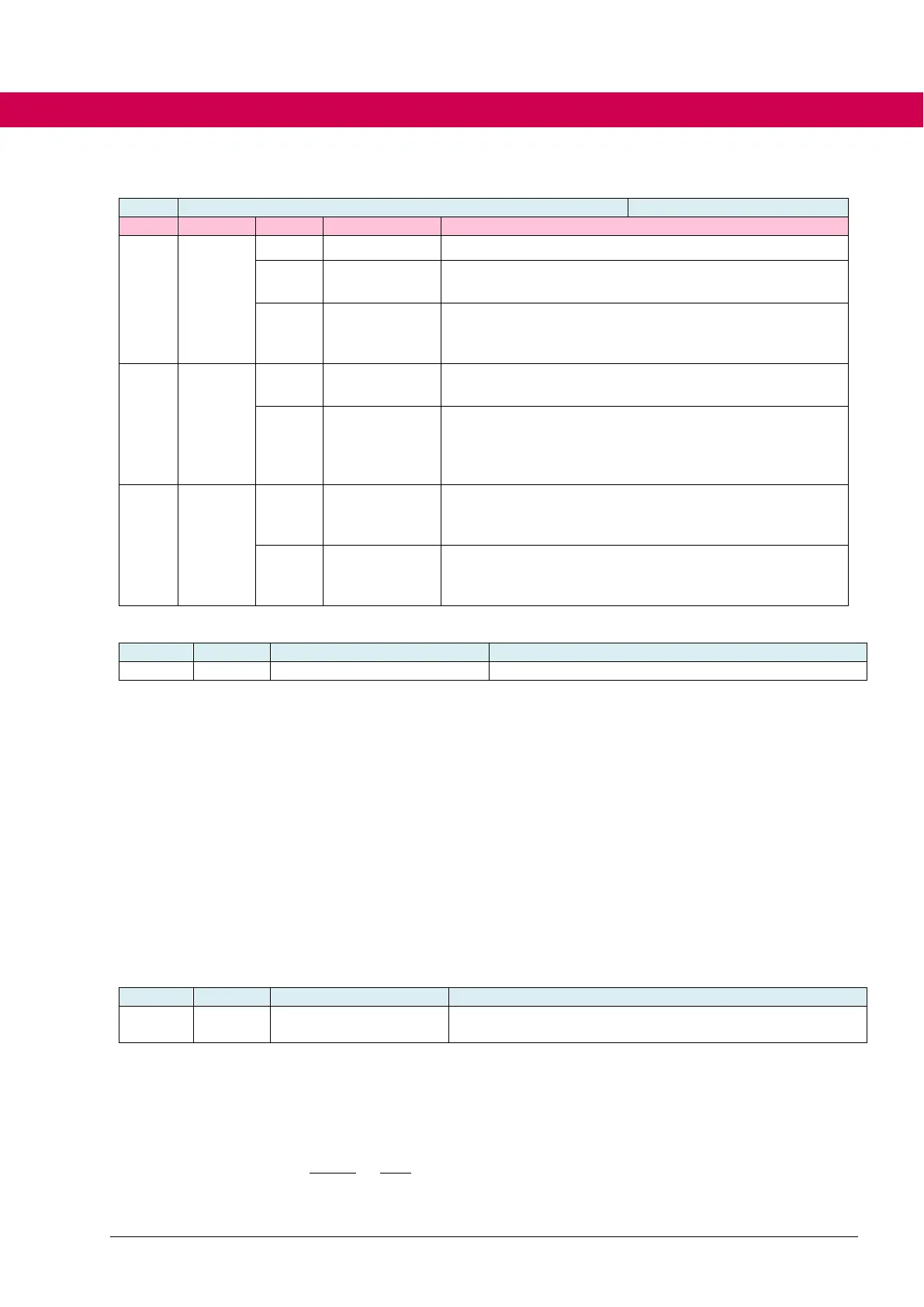